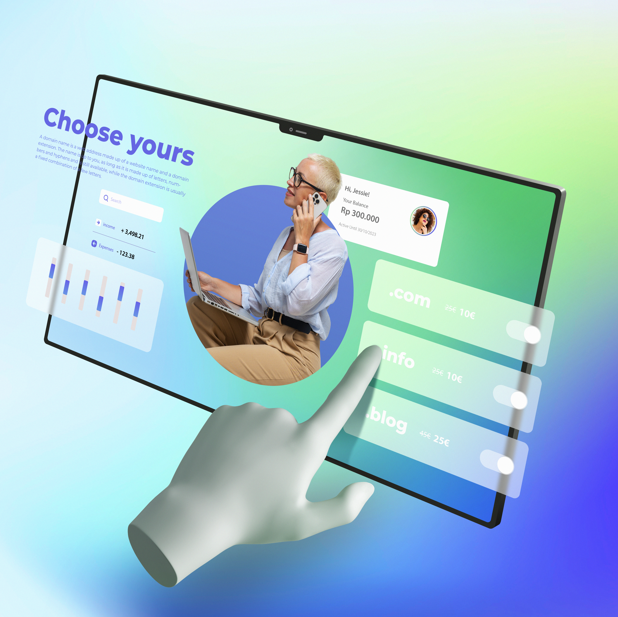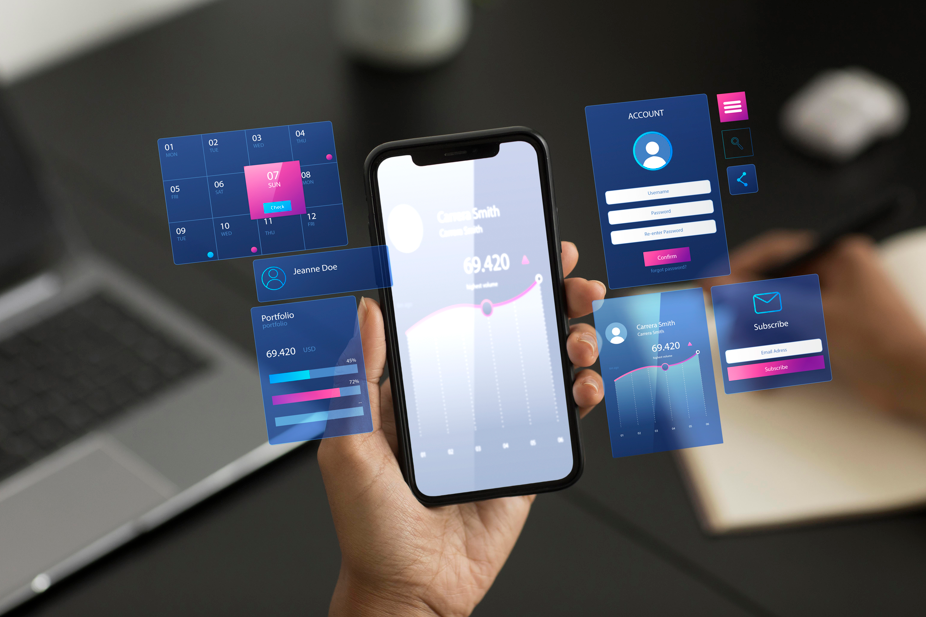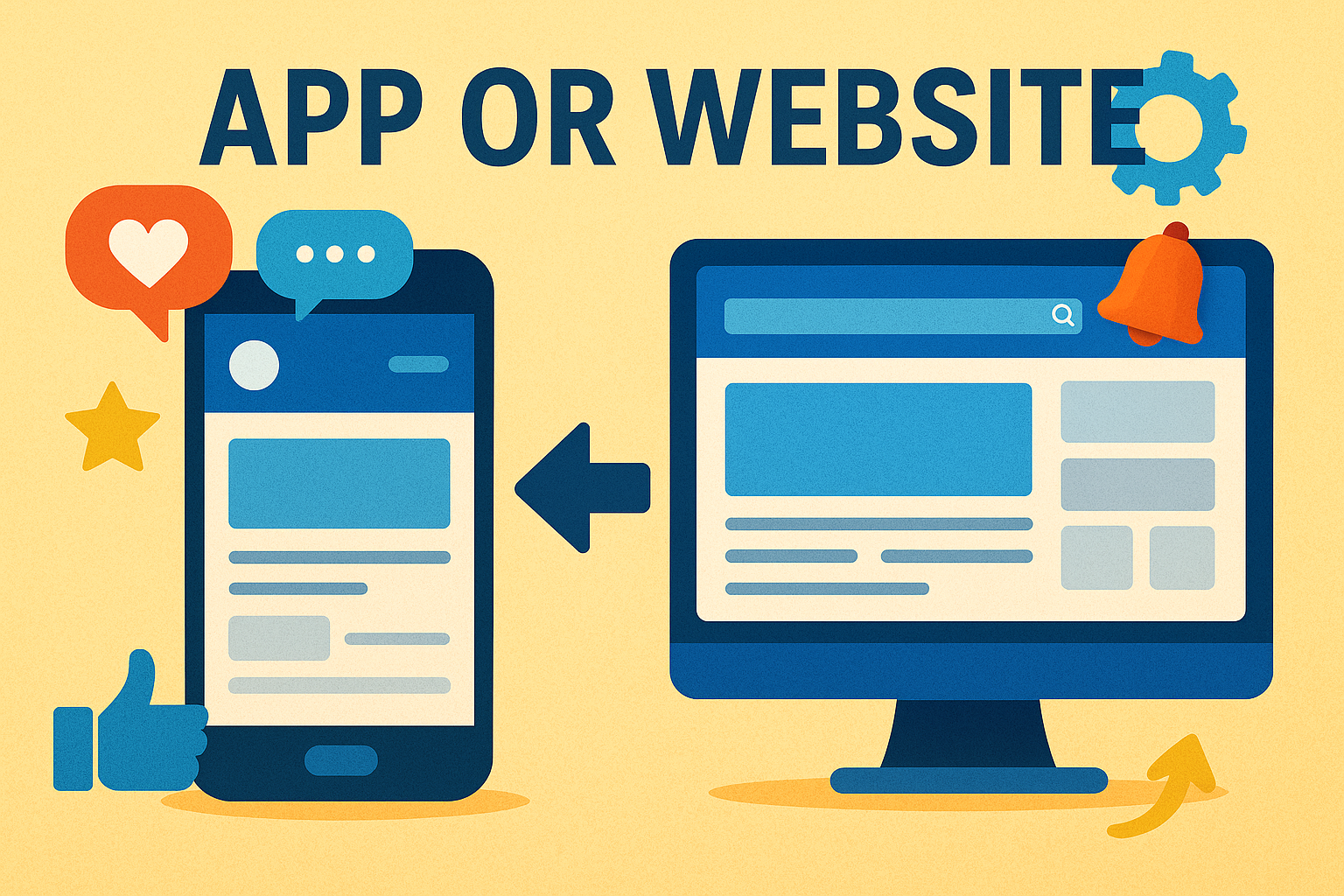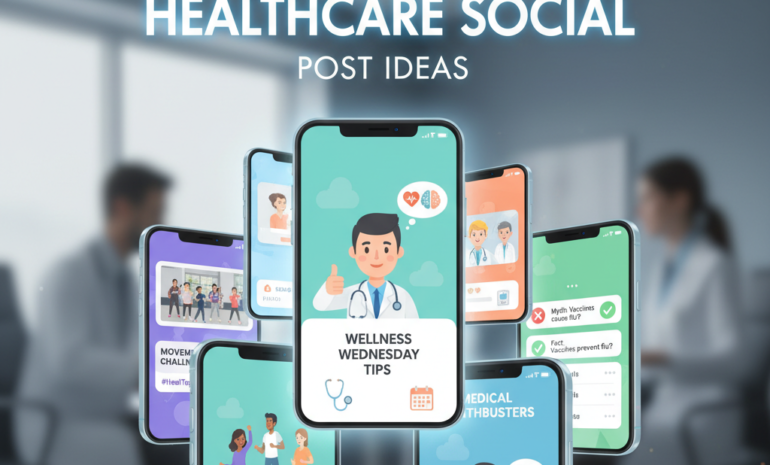Choosing between an app and a website is a decision that affects cost, reach, user habits, maintenance, and long-term growth. There is no single correct answer. The right choice depends on your product, your audience, your budget, and what you need users to do. This article walks through the tradeoffs in plain terms, shows when each option makes sense, and gives a practical checklist so Brandout Adv can help you pick and execute the right solution.
What we mean when we say “app” and “website”?
An app usually refers to a native mobile application built for iOS or Android and installed from an app store. Native apps can access device features such as camera, GPS, sensors, offline storage, and push notifications. Apps are ideal for repeated interactions and tasks that need deeper device integration.
A website is accessed through a browser. It can be static pages, a dynamic web app, or a responsive site designed for mobile and desktop. Websites are instantly available, indexable by search engines, and easier to update. Modern web apps can mimic many app-like features without installation.

User reach and discoverability
Websites win when reach matters. Any internet user with a browser can find your website through search engines, social shares, or direct links. You don’t need store approval or downloads. That makes websites the obvious first step for new businesses or services that must be found broadly.
Apps are discoverable inside app stores, which is a different channel and can be powerful if users search there. However, store discovery is noisy and competitive. Most apps succeed through direct marketing, word of mouth, or being bundled with an existing service. If your product needs sustained daily use or personalized engagement, an app can be worth the investment, but getting users to install it is the challenge.
Cost and time to build
Websites are faster and cheaper to launch. A basic responsive website with clear user flows and conversion points can be built and launched in weeks. Updates are instant and don’t require user intervention.
Apps cost more. Building one native app requires two codebases for iOS and Android if you want optimal performance and user experience. Cross-platform frameworks reduce duplicated work but bring tradeoffs in performance and native feel. App development also involves store guidelines, review cycles, and ongoing releases. Maintenance costs are higher because you must support OS updates, new devices, and app store rules.
Bottom line: limited budget and short timeline point to a website. If the budget is healthy and long-term engagement is essential, plan for app costs.

User behavior and engagement
Think about how users will interact with your product.
If the interaction is one-time or occasional, reading content, browsing catalogues, or finding contact details, a website is sufficient. Websites convert casual visitors into leads and customers without asking them to install anything.
If the interaction is frequent, personalized, and benefits from frictionless access, messaging, daily tracking, ride-hailing, and banking, an app often performs better. Apps sit on the user’s home screen, support push notifications, and give faster, smoother interactions. That convenience raises retention and lifetime value if the product truly needs it.
Performance and offline capabilities
Apps have the edge for performance and offline use. Native apps can cache data, operate when connectivity is poor, and use device hardware for heavy processing. For services that must run offline or require rapid responsiveness, an app is preferable.
Websites have improved a lot. Progressive Web Apps (PWAs) can cache assets, provide offline pages, and send limited notifications. PWAs close the gap on many cases and let you keep a single codebase. But PWAs still face limitations on iOS and cannot access some native APIs as fully as native apps.

Conversion funnels and monetization
If you depend on search traffic and inbound marketing, a website is essential. Websites are indexable, shareable, and easier to optimize for search. Landing pages and content marketing campaigns point naturally to website funnels.
Apps are strong for retention and monetization through in-app purchases, subscriptions, or transactions. However, payment handling inside apps can be restricted by store policies and fee structures. Some businesses use websites for acquisition and apps for retention, acquire users via SEO and ads, then nudge them to install the app for daily use.
Analytics and measurement
Both channels support analytics, but the approach differs.
- Web analytics (Google Analytics, server logs, heatmaps) are mature and easy to integrate. You can see search terms, organic traffic sources, and conversion paths. That helps optimize marketing quickly.
- App analytics capture in-app behavior, retention cohorts, crash reports, and device metrics. Mobile analytics are crucial for understanding session depth and retention. Expect to instrument events early and define key retention metrics like day-1, day-7, and day-30 retention.
Maintenance and updates
Websites update instantly. Fix a wording error or switch a landing page, and users see it immediately. That speed lets marketers and product owners iterate fast.
Apps require release cycles. Small fixes might need a new binary, store review, and user updates. You can use feature flags and remote config to lessen friction, but some changes still need app releases. Factor this into product planning.

Security and compliance
Both require solid security practices.
- Websites need HTTPS, secure forms, rate limits, and protection against common web vulnerabilities.
- Apps need secure storage, proper handling of user tokens, and care around third-party SDKs.
Data protection laws may impose requirements for both, such as user consent, data portability, and breach notification. If your product handles payments, health information, or sensitive personal data, involve legal and security teams early.

Brand and user trust
A polished app can signal long-term investment to users and raise perceived trust if the app delivers value. Users often associate apps with mature products.
A professional website is the baseline for credibility. Lack of a decent website often hurts trust more than lack of an app. If you must choose, ensure the website is professional, has clear messaging, is fast loading, and has easy contact options.
Marketing and acquisition costs
Acquiring users for apps typically costs more. CPI (cost per install) can be significant, and many installs drop off quickly. Websites convert users through search and organic channels, which can lower customer acquisition cost over time if SEO and content strategy are executed well.
Use a combined approach: use the website to attract and educate, and use targeted campaigns (email, social, retargeting) to convert and retain users.
When a website is the right primary choice
- Your product is content-driven: blog, catalogue, informational resources.
- You need a fast time to market and a limited budget.
- You depend on search traffic and shareable links.
- You want low-friction access for first-time visitors.
- Device features are not essential for the core user flow.

When an app is the right primary choice
- Users will interact frequently and expect the app to be part of their daily routine.
- The product requires deep device integration: camera scans, continuous background tracking, and offline-first operation.
- Retention and personalized engagement are key to lifetime value.
- Your business model depends on in-app transactions or subscriptions, and you can absorb higher acquisition costs.

Progressive approach: website first, app later
A common-sense path is to launch a website first. Validate demand, refine core flows, and build a user base. When metrics show repeat usage and willingness from users to re-engage, invest in an app focused on the highest-value features.
This approach reduces risk. You learn what users want before committing to the higher costs of app development. In many cases, a PWA serves as an intermediate step: it gives app-like behavior without the full app cost and can help test demand for an installable experience.
Progressive Web Apps: the middle ground
PWAs let you have one codebase with some app features: offline cache, home screen prompts, and push notifications. PWAs work well for many services, but watch platform limits. iOS support lags behind Android in some PWA features. If your primary audience uses Android or desktop, PWAs are a strong option.
Example scenarios and recommended choices
- Local restaurant that wants to showcase its menu and take reservations: Start with a website. Add a simple booking system. If repeat ordering grows, build an app for regular customers.
- On-demand delivery or ride service: App first. Users need real-time tracking, driver communication, and frequent engagement.
- E-commerce store: Website first for discovery and SEO. If the repeat purchase rate is high and customers value convenience, add an app for loyalty and faster checkout.
- SaaS tool aimed at desktop productivity: Website and web app. Consider a desktop app later if heavy offline or native integrations are needed.
- Fitness tracker requiring constant sensor access: An App is necessary for accurate tracking and offline syncing.
Cost comparison (high level)
- Website: Lower upfront cost, lower maintenance, faster ROI from search.
- PWA: Moderate cost, single codebase, can serve mobile-like needs.
- Native app(s): Higher upfront cost, higher maintenance, longer runway to ROI, higher user retention potential.
Exact numbers vary by region, complexity, and team rates. Expect a minimum viable website to cost a fraction of a native app. Expect native apps to require an ongoing budget for updates and store compliance.
Measuring success: KPIs to track
For websites:
- Organic traffic and keyword rankings.
- Conversion rate on landing pages.
- Bounce rate and session duration.
- Lead quality and cost per acquisition.
For apps:
- Installs and active users.
- Retention cohorts (day 1, 7, 30).
- Session length and events per session.
- Lifetime value and churn rate.
Both need funnel analysis from acquisition to conversion and beyond.
Development speed and team composition
A website needs: a product manager, a frontend developer, a backend developer, a designer, QA. A PWA needs similar skillsets with more JavaScript complexity.
An app typically needs: a product manager, an iOS developer, an Android developer, a backend developer, a designer, a QA, DevOps. Cross-platform frameworks change composition but do not eliminate specialized skills.
Consider outsourcing vs in-house based on strategic importance. If the app is core to your business differentiation, aim for in-house control or a long-term partnership.
Security checklist
- Use HTTPS everywhere.
- Securely store authentication tokens.
- Validate inputs on server side.
- Keep third-party SDKs minimal and vetted.
- Plan for data breach notification and backups.
Practical decision checklist
Answer these honestly:
- How often will the typical user interact with the product?
- Which device features are essential?
- What is the acquisition plan and budget?
- Do you need search visibility and shareable links?
- Can you support ongoing app maintenance costs?
- Are you able to measure product-market fit without building an app?
If most answers point to low frequency, need for search, and limited budget, start with a website. If answers show high frequency, device dependence, and a budget for retention, build an app.
Common mistakes to avoid
- Building an app because it feels modern rather than because users need it.
- Ignoring a solid website and relying only on an app for discoverability.
- Sacrificing user experience for cross-platform speed. Poor UX kills retention faster than small feature gaps.
- Underinvesting in analytics and retention strategies once the app is live.
How Brandout Adv can help?
Brandout Adv builds clear, measurable digital products. If you are unsure where to start, we recommend this practical approach:
- Launch a lean website or PWA to validate demand.
- Track core metrics and run acquisition tests.
- If repeat usage and retention signals are strong, plan a targeted native app focusing only on the features that increase retention and lifetime value.
- We handle strategy, design, development, analytics, and post-launch growth plans so you avoid costly, unfocused builds.
We do not push unnecessary features. We deliver what your users need and what moves your business metrics.
Final verdict
There is no universal “better.” Websites win in terms of reach, speed, and cost. Apps win for frequent engagement, native integration, and retention.
Start with a website when you need validation, search, and lower cost. Choose an app when your metrics and user behavior justify the investment. Use a PWA if you want a middle path that reduces risk while still offering app-like convenience.
If you want straightforward next steps, please provide us with your product type, target audience, and available budget. We will recommend a focused plan that minimizes waste and maximizes results.
Most Asked Questions
Which is more cost-effective, an app or a website?
A website is usually more affordable to develop and maintain. Apps involve higher upfront costs and continuous updates, making them more expensive.
Do apps perform better than websites?
Yes, apps generally run faster and provide a smoother user experience since they are built for specific devices. Websites are still accessible but may not match app performance.
Can a website replace an app?
For many businesses, a responsive website is enough. An app is only necessary if you need features like offline access, push notifications, or deeper personalization.
Which is better for SEO, an app or a website?
Websites are much better for SEO. They can rank on search engines and drive organic traffic, while apps depend mainly on app store visibility.
Should a business invest in both an app and a website?
It depends on the budget and goals. Starting with a website is smart, and an app can be added later for stronger customer engagement and brand loyalty.




